I have 2D line segments extracted from an image. So i know end point coordinates of them. also, i have some reference 2d line segments. Both line segments are now in vector form. comparing to reference and extracted lines,I have huge amount of extracted lines segments.
What i want to do is to find conjugate line segment for each reference line from my extraction. that is I want to match line segments. But, to reduce the search area i wish to limit it in such a way that by defining a buffer zone around a reference line segment.
(1) My first question is how can i implement this buffer case with c++ as i am lacking with geometric theories.
Note: I dont want to use a bounding box and looking for a rectangular buffer which orient along the reference line.
(2) my second question is, if i know the rectangular buffer limits, then which type of concept should i use to avoid unnecessary searches of line segments.
Actually, I am looking a geometric base method
please do not think this as home work and i am really struggling because of my poor mathematics. thanks in advance.
Please look at the example. if i take bounding box (blue box) unnecessary lines come, if it is a buffer rectangle (red), which is oriented to main reference line (dark black) few lines come.
black line is - reference line and dashed lines are image based extracted lines

